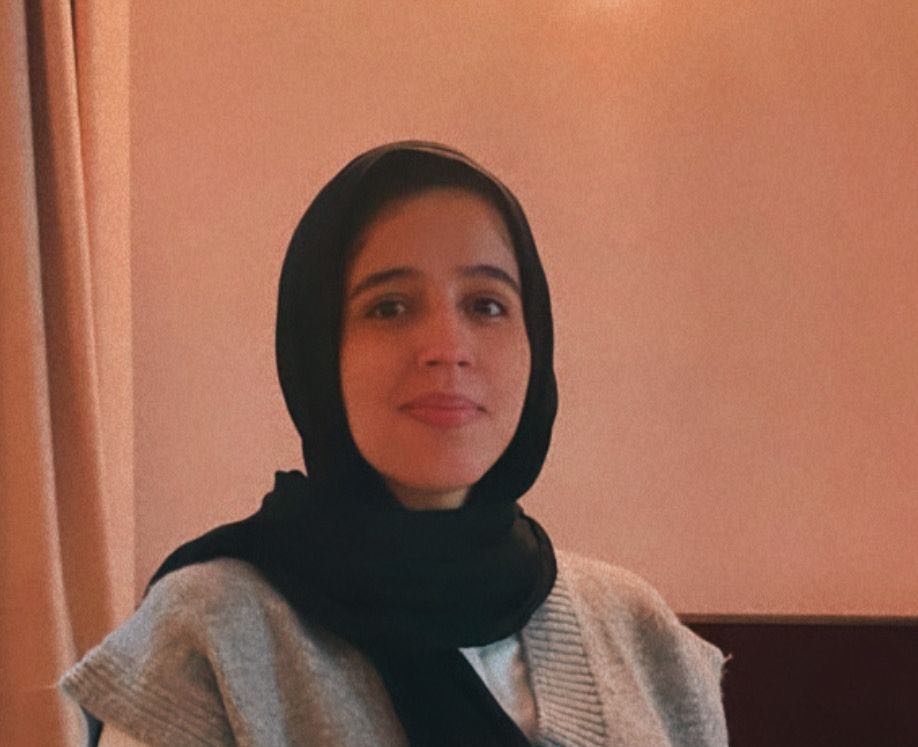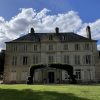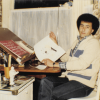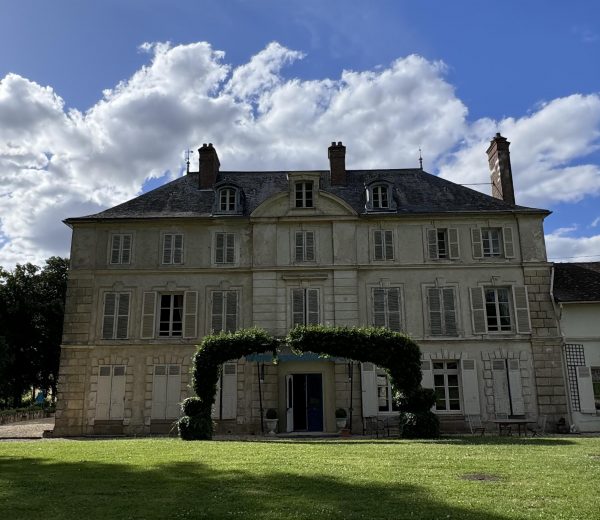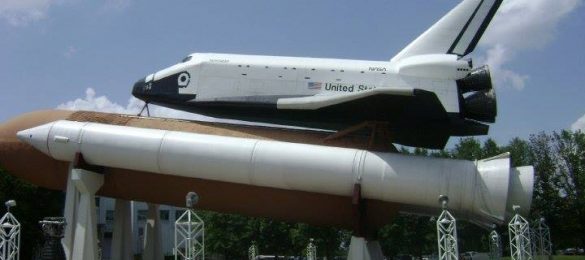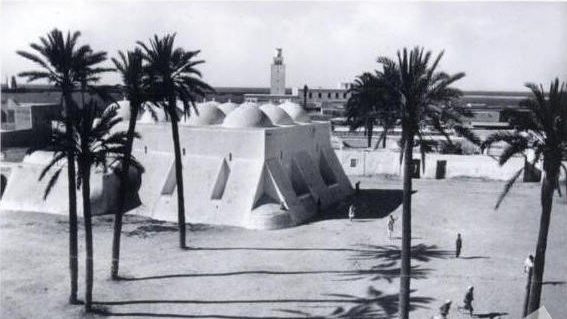
The Islamic School of Dahra was designed by the architect Floristano De Fausto and opened in 1935. It was mainly during Italo Balbo’s reign that Balbo claimed to give religious freedom to the people. At that time, he rejected the Vatican’s request to impose a Christian approach on people in Libya.
Established in 1935, this educational institution is the first Islamic school in Libya. Before its establishment, religious specialization was prevalent in Egypt and Tunisia. The school’s teaching staff consisted of Libyan and Egyptian Islamic scholars. Together, they developed a curriculum divided into studying Sharia and the Sharia judiciary. The school’s offerings thus provided students with a comprehensive understanding of Islamic law.
Importance Throughout History
This institution is noteworthy for its historical significance and contributions to Libya’s academic landscape. The development of a curriculum tailored to the community’s needs is an essential component of the school’s success. This school’s legacy as the first Islamic school in Libya is a testament to the importance of providing quality education to students. The school was built next to the Khalil Pasha Mosque in Dahra. The mosque, which was built between the years 1706 and 1709, was still preserved. It included the classrooms and the internal section where students coming from outside Tripoli lived.
Potential Revival
Following Libya’s independence, the Imam Malik bin Anas Religious Institute was established. However, in the 1970s, the mosque was closed for general worship and restricted only to the institute’s students. In 1983, the government’s decision to discontinue religious education in Libya led to the Institute’s closure, which left the mosque abandoned for several years.
Subsequently, the youth in Dhahra took the initiative to reopen the mosque. They put in their own resources to clean, restore, and furnish it with mats. Their efforts paid off, and the mosque was once again filled with worshipers. Consequently, comprehensive maintenance and restoration work commenced in 2010. However, this maintenance work was halted, and the mosque was abandoned yet again.
